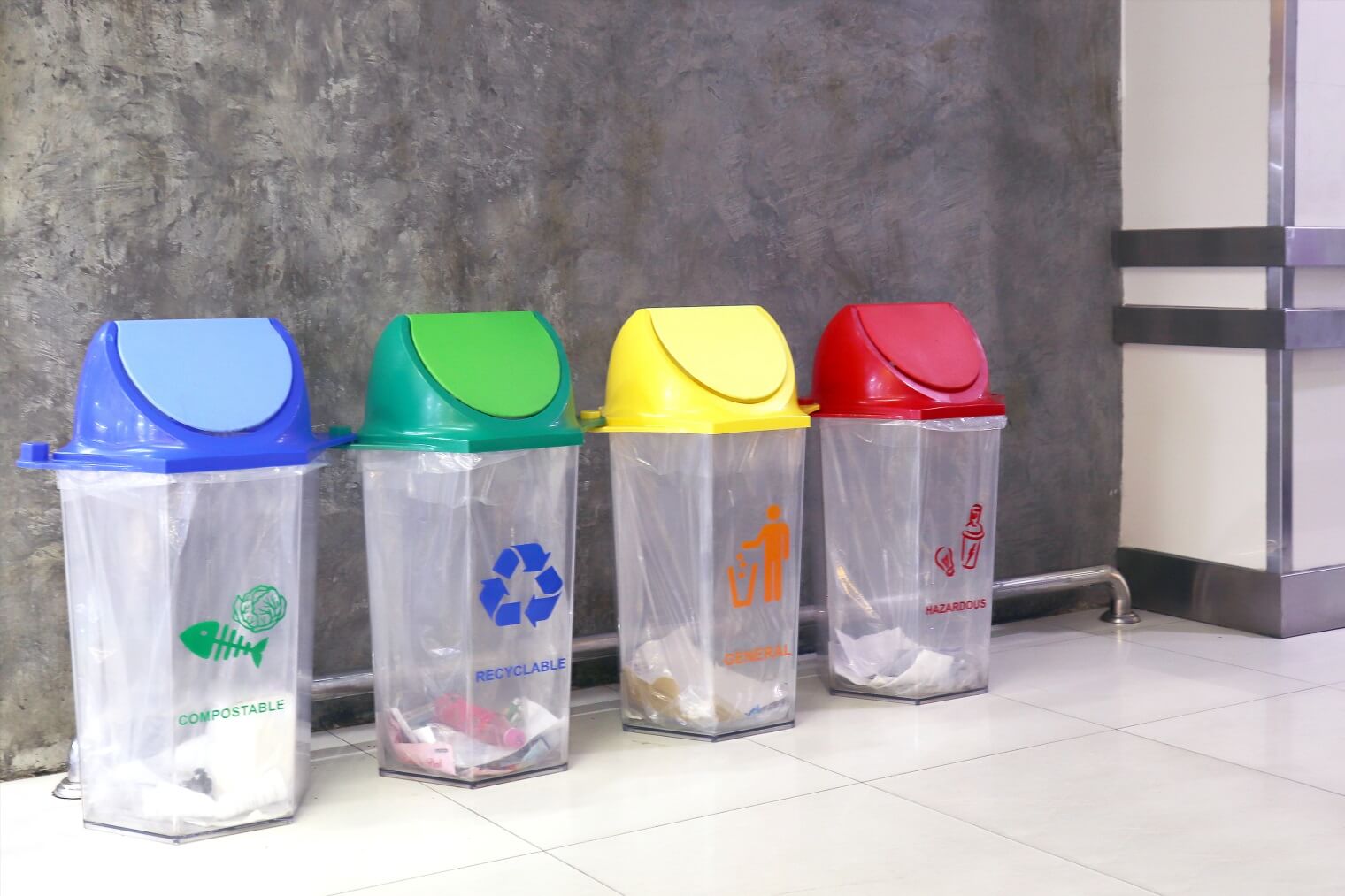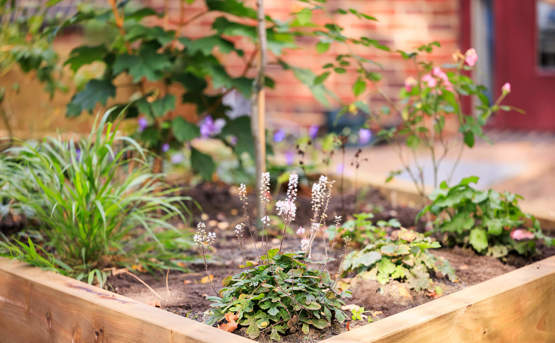Published date: 16 July 2021
Collaborating with ICSs to drive a Greener NHS
Cameron Hawkins, our Head of Energy and Environment, recently teamed up with Alexis Percival, Environmental and Sustainability Manager for Yorkshire Ambulance Service NHS Trust, at the HSJ Sustainability Virtual Forum to discuss embedding sustainability into system-wide estate strategies. Following the event, Cameron shared his thoughts for the post-event guide.
Meet the author
This article was originally published in the HSJ Sustainability Virtual Forum Roundup here.
Since we launched our energy and environment strategy in 2019/2020, we have made good progress towards the UK Government and NHS target of being net zero carbon by 2040. We’ve done this while also reducing utilities costs, reducing the negative environmental impact of our operations and improving environmental compliance.
During the HSJ Sustainable Virtual Forum, Dr Watts, NHS Chief Sustainability Officer, said ‘all trusts and ICSs’ will have to develop net zero carbon plans by April 2022. When asked what should be included in these plans, he suggested ICSs should focus on electric vehicles and reducing carbon emissions related to travel, logistics and medicines.
Whether you are a healthcare property owner, advisor, service provider or all of the above, we all know how vital it is for healthcare organisations to implement energy saving and environment protecting strategies while, simultaneously, saving money that can then be re-invested in wider sustainability initiatives.
Collaborating with ICSs
Over the past two years, we’ve worked with various trusts and CCGs to help them meet their sustainability goals.
There are the larger bodies who are leading the way and proactively engaging with us; they ask us for data, help shape our programmes and ensure the materials we use to upgrade their site will keep energy consumption as low as possible.
On the other hand, there’s smaller or newer bodies who have less experience or confidence and rely on us to push the agenda. There are also those who, not for lack of desire, but lack of funding or in-house resources, struggle to make changes and balance sustainability priorities with their clinical strategies, which is understandable given COVID-19.
It is great to see ICS Sustainability Forums being set up already which will provide an opportunity for smaller bodies to get a voice at the table and learn from each other.
Decarbonising the NHS estate
By switching to 100% renewable electricity, building smarter systems such as smart meters and thermostats as well as installing LEDs, organisations will see a large reduction in the carbon emissions. In 2020/21, across our 3,000 properties, we saved £10.6m and 8,600 tCO2e through such changes. Specifically, our ‘invest-to-save’ LED upgrade programme saw us invest £4.1m in LED upgrades across 39 properties which will save the NHS £1.5m per annum and 2020 tCO2 .
Larger organisations that have the capital to invest in technology or programmes that will lead to savings should do so, however not all have the financial backing or resource. As the government pledges to invest in health infrastructure, we will need to ensure funds are allocated to ensure a more sustainable health and care system.
Where occupiers have queried the cost vs. benefit of initiatives, we’re working on what that full life cycle cost would be to offer some reassurance that the investment will lower costs over long-term occupancies. It becomes a challenge to put forward this case with occupiers who don’t intend to stay for long.
Organisations should look to implement low cost, or even no cost best practices where possible, which have already shown to create £1.78M in annual savings for the NHS. It is also essential to centralise these best practices in order to increase efficiency and the ability to manage the systems in place.
Electric vehicles are a challenge: Carparking is emotive and electricity still has carbon associated with it. While this isn’t a concern for our occupiers as all of our buildings are powered by 100% renewable electricity, there’s still the question of how much will the addition of electric vehicle charging points eat into the available capacity? After prioritising key and high-usage vehicles like ambulances, when does the need to move heating to electricity become more important.
Changing suppliers, technology and processes is great, but reducing overall energy consumption requires organisational collaboration. To drive behaviour change within NHSPS, we launched our colleague engagement programme that involves upskilling regional energy leads and creating a forum to share best practice. We provide them with energy packs which they use to advise occupiers on steps they can take to be more energy-efficient too. This programme resulted in around 5,000tCO2 and a £1.2m saved last year which we hope will continue.
There is a lot being done by the health and care system to ensure a more sustainable future, yet we have more to achieve. In order for the estate to invest in resource and money saving initiatives, and to ultimately create a Greener NHS, the collaborative commitment of funds from all parties is necessary.
Our Greener NHS 2020/21 Review
If you're forming your ICS sustainability strategy, read our Greener NHS 2020/21 Review to find out how we're approaching forming our strategy, progress and next steps.







